C-Class Cup 2015: Team Sentient Blue Interview

 Images Pierrick Contin & Ricardo de Rosario.–
Images Pierrick Contin & Ricardo de Rosario.–
The C-Class is the pinnacle for racing cats development, their past work on R&D has set the basis for Oracle’s key asset to win over Alinghi in 2010. Pioneers in Wing sail implementation the Cs have always attracted engineers from several aereas, specially Aerospace background professionals like those behind Team Sentient Blue / www.sentientblue.com
The Team wanted to initiate the path towards designing and building their own C-Class. Participating at Geneva with a well proven boat like Alpha, was a good move and it will bring the team the chance to show in the future all the aeronautical know how being materialized in a brand new boat. Good to know they will also work with the As, a Class which is offering right now the biggest design challenge and is surprisingly being overlooked by many AC Teams,
Below interview with Tehcnical Director Saïf-Deen Akanni.
—————–
– CSN: Who were behind launching the team and which were the motivations behind the project?John Downey, Sito Aviles and I (Saïf-Deen Akanni) launched the concept of Sentient Blue. Sito is indirectly involved, as he is finishing the wing rigged and modified A Class at Balance Arquitectura Naval in Murcia, Spain, as well as his other projects in Dubai. The intention was to use Sentient Blue to demonstrate the ability to bring aerospace methods and tools to bear in a high performance, marine environment. In particular we focused on wing sails and hydrofoils.
The path we have followed so far is to understand what is currently being produced as state of the art
and improve upon them. By making use of our aerodynamic, hydrodynamic and composite expertise, we believe that we will be in a strong position to demonstrate our capability for LAC 2017 with a new design C-Class. To that end, we incorporated the company in Germany as Sentient Blue Technologies GmbH earlier this year. We also will be looking into A-Class as Thomas Paasch; our helmsman is still active in that arena.
We will be using the Flying Phantom, A-Class and other boats at our disposal in Abu Dhabi to train and test. So Berlin is our development base and Abu Dhabi is our second testing base.
– Story behind the boat the team is sailing? (That is one of Steve Killing’s design used by the Canadian Team?) Alpha won the LAC 2007 event with Fred Eaton as helmsman and Magnus Clarke as crew. She then went on to place second in LAC 2010 with Glen Ashby helming and Jimmy Spithill as crew. In 2013 John decided we needed to move up a level and purchased Alpha from the Groupama Team.
They had been using her as a benchmark for their programme. Indeed they had sailed Groupama C with Alpha’s wing. We intend to do similar things with Alpha as well. Sentient Blue entered Alpha in LAC 2013 with both Team GB Sailing’s Luke Patience and Paul Larsen sharing helming duties and Sito Avíles as crew.
We learned a lot, with Paul’s previous experience getting us through the windy first race as one of the few undamaged boats. Unfortunately, during a subsequent light wind race, the boat capsized and was damaged to such an extent that it could not be repaired in time to continue the event.
Alpha was last raced in LAC 2015 in Geneva. She was helmed by Thomas Paasch and crewed by Filip Walczak. In this event, she placed fourth in the general classification and was the only team to win a race from Groupama C in the process. Thomas and Filip took her to third place in the Exhibition Race on the 20th September in Geneva. She will now be used for testing and development and as a benchmark boat for Team Sentient Blue.
– Did you guys develop or build any new component (platform or wing) or the team obtain the boat as it was as a starting platform to enter the Class?The intention was to convert Alpha into a foiling boat but there were a few setbacks mostly caused by timing and budget. In the end we had some doubts that the transom would be able to take loads that we were expecting.
That is what the Finite Element Analysis (FEA) data were telling us. We decided not to risk the boat with these modifications before LAC 2015 in Geneva. Given the time available to make the modification, we thought our best chances with the available resources lay with repairing Alpha and getting as much time on the water as possible. We will now look to conduct some CFD investigations into the foiling set-up and get a more refined idea of the loads and make the modifications if we can engineer the structure to accept the predicted loads and still be competitive.
– How many days of training the team managed to complete before the event?
We got thirty minutes of training before arriving in Geneva! This wasn’t for lack of trying. We were not able to train adequately on the Wannsee in Berlin because of logistics. For starters, the slip at the Berliner Yacht Club is not wide enough to launch and recover a C-Class catamaran. The promised project to widen it is running behind schedule and there is no finishing date published at the time of writing. The neighbouring club SV03 were kind enough to allow us to try to launch from their slip. We managed thirty minutes on one day but on the following day, the wind was shifting quite a lot and we decided not to repeat that exercise as it was too risky. We then went to Szczecin, Poland to train there but contrary to the forecast, there was no wind.
– Which were the goals for the Team coming to Geneva?
The goals for Geneva were to gain experience both on the water and on shore and to finish every race we started. This was not to be as we missed the first day due to the wing breaking at the leading edge. Our, composites specialist and recent addition, Ricardo Rosario led a repair team and they managed to make a repair overnight and resume the competition. After that we fared well, all things being considered. I (Saïf) personally had targeted at least a third place because I am a hopeless optimist. We came up one short. Had we not missed that first day (2 races); I think Thomas and Filip could have achieved third place given the wind conditions. Their performance on the boat was world class. I am extremely proud of them.
– Experience the members of the team previously had on similar projects on the technical part?
I have worked previously with Team Invictus and Sito, John and I designed a wing for a 10ft beam A Class designed by Sito which is currently being finished in Murcia. My background is in Fluid Dynamics and I take a particular interest in the aerodynamics of the wing and the hydrodynamics of the hull and foils. I spent most of my career in motorsports including Formula 1 and in the Flight Physics Group at Airbus.
Ricardo Rosario with whom I worked at BAE Systems Advanced Technical Centre brings a theoretical and practical composites expertise to the team. The make-up of the team can be found on the website www.sentietnblue.com.
– Why you decided to go floating mode and straight boards?
There was not enough time to develop a foiling boat after being let down by several people who agreed to make the modifications we required. In addition, our FEA studies also highlighted that the transom was an area of concern with regards to the expected foiling loads and we decided not to risk the boat considering the light air event we expected in Geneva. All in all, it has proven to be a good decision. Based on the results in Geneva, we gained valuable experience that will serve us well in the future
– Regarding the win over Groupama on Day 4, what were the conditions on the water and how the race developed? There was light, patchy air and after the wind shifted considerably after the start. The Race Committee decided to shorten the race after this significant shift in wind direction. Thomas and Filip had an excellent start and sailed the best race they could. The Groupama were the first to congratulate us on the water and again after we reached the marina. We still admire Franck, Louis and Groupama but we are extremely happy to be the only team to win against them in LAC 2015 in Geneva.
– Not having at least C boards is a disadvantage for safer rides in the breeze?
I think C-boards could have helped in terms of reducing wetted surface area of the hulls in all types of wind. In the end, we just decided to optimise Alpha in other ways and not spend time on C-boards or foils when we did not have time to refine them.
– You had a breakage on the previous days on the wing, but the team worked hard, and had an excellent reward on yesterday’s win. > Can you comment on the logistics to keep a C-Class ready to race? You need a group of knowledgeable, multidisciplined people with clear areas of responsibility covering sailing (of course) fluid dynamics, structures and composites. Together they need to work as a team and know how to support the boat.
In addition there is one person in charge of each discipline and that one person manages the course for that particular discipline. We do not design or race by committee. That never works.
It is a learning process and we made big steps in Geneva in terms of the learning process. We worked each day from 10 to 12 hours for two weeks while in Geneva.
– Which are the sponsors (brands or people) backing the team
We are sponsored and collaborate with the following companies:
Numeca International – We collaborate with them and use their FINE/Marine computational Fluid Dynamics (CFD) software.
ANSYS – They provide us with ANSYS Advanced Composites Module (ACP) and with ANSYS Mechanical FEA software
DNV-GL – We work with them on CFD and they will be helping us with our Velocity Prediction Programme.
HiFi Industrial Film – We worked with them on bespoke wing film and they are one of our most significant sponsors.
Shirenewton – They built our custom designed trailer for Alpha and our future C-Classes.
– Who are the people involved in the shore & sailing team
Thomas Paasch – Helm
Filip Walczak – Crew
Principal – John Downey
Technical Director – Saïf-Deen Akanni
Team Physiotherapist – Martina Rucká
– Which is analysis of the project so far?
I am pleased with how we finished in LAC 2015. We made huge progress after LAC 2013 in Falmouth and I am proud of our team. I am ecstatic to be involved in this class and be rubbing shoulders with some of the best naval architects and sailors and sailing aficionados in the world. The C-Class has an unrivalled sporting ethic and for me it is a privilege to be involved. I can’t wait for LAC 2017.
– Future goals for the team?
We are working on a clean sheet design with the intention of winning the LAC 2017. There will be some novel concepts on this new design but they will never see the light of day until we prove them on the water first. To that end we hope to secure a proper budget to allow us to carry out a world class campaign and provide a serious challenge to Groupama and the other teams that will be competing in Little Cup 2017.
————————–




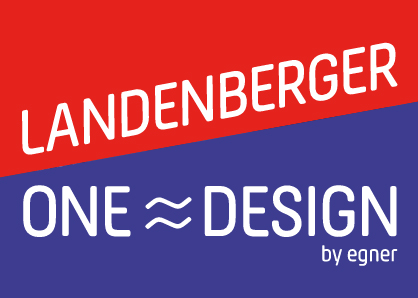
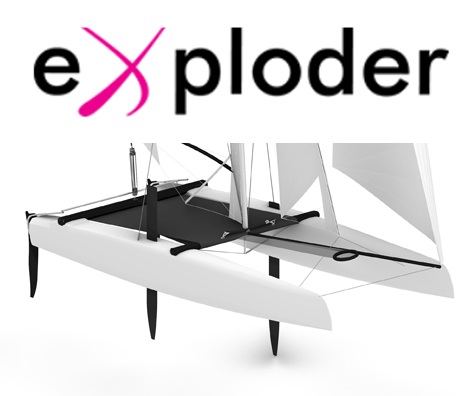
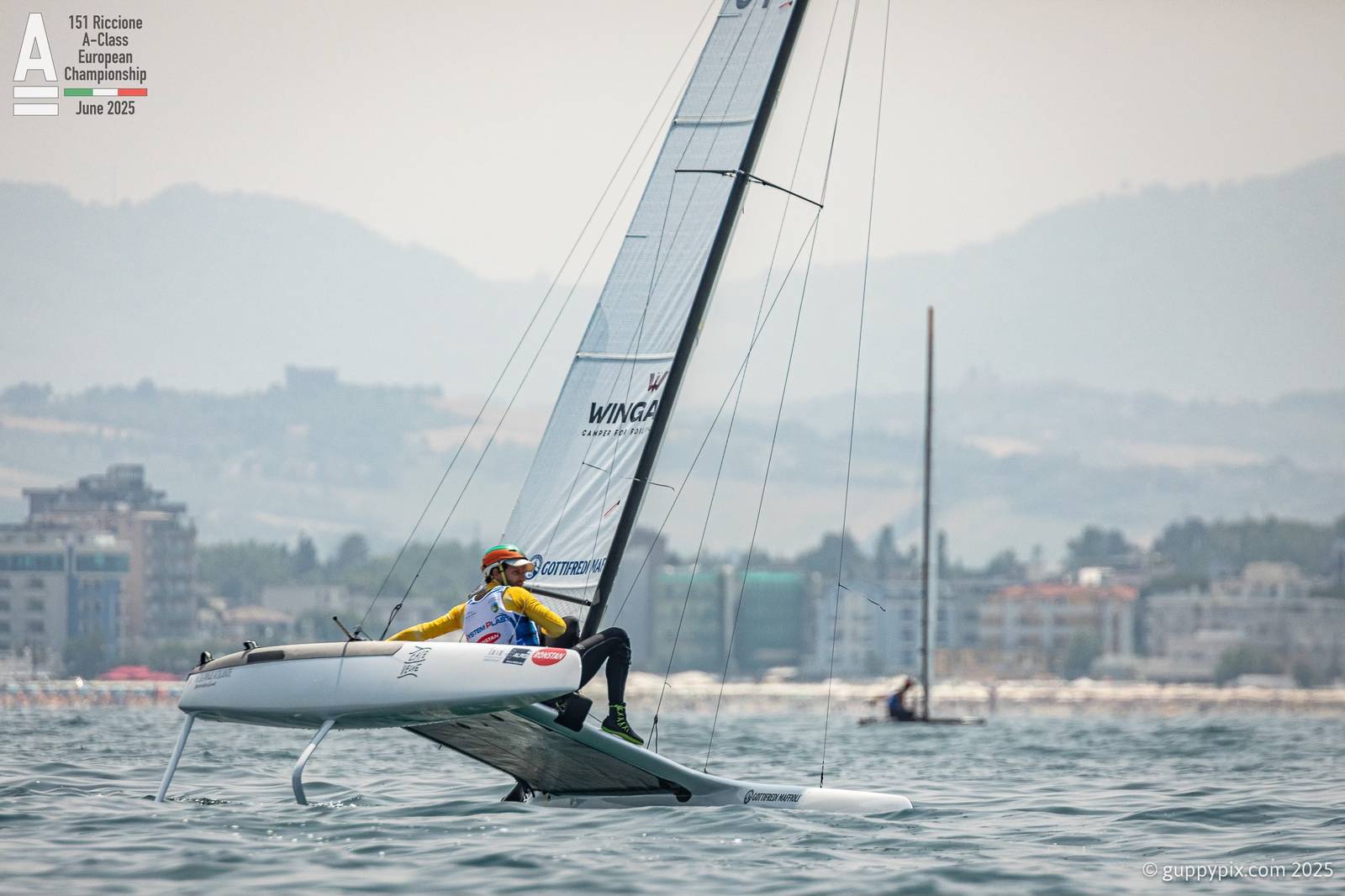
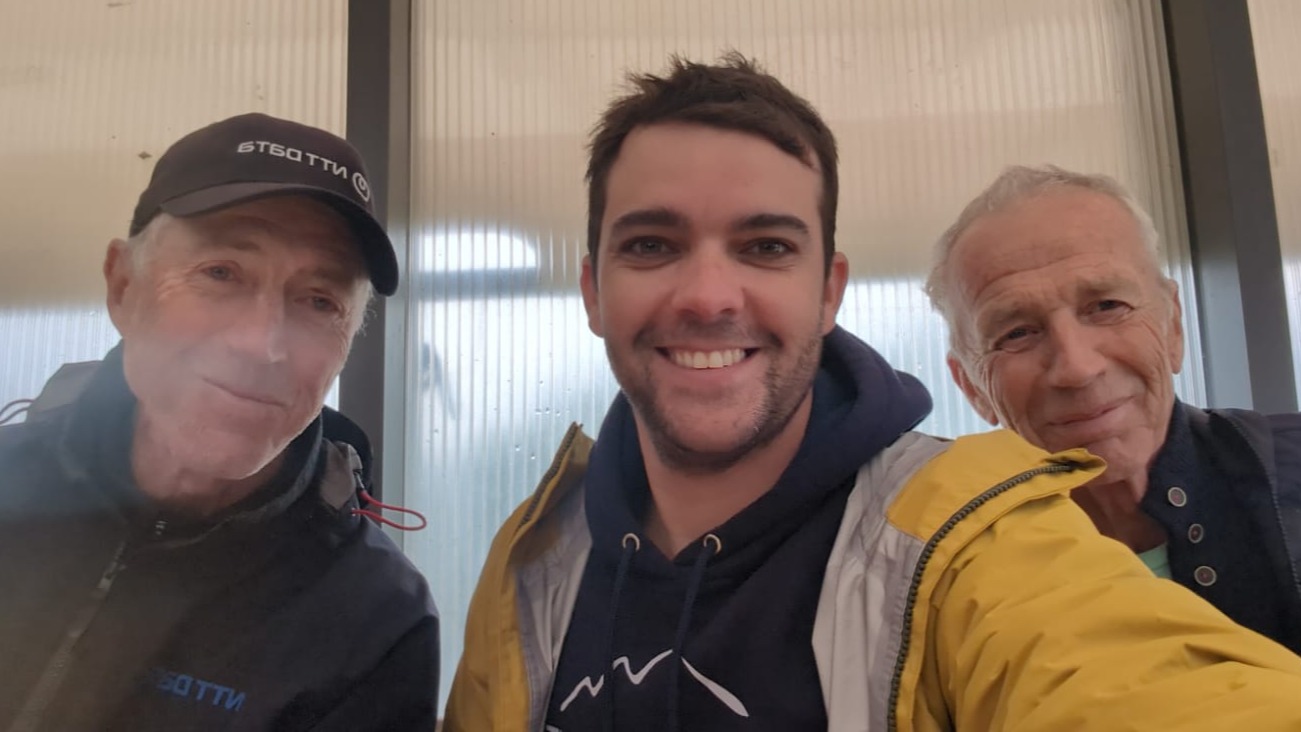
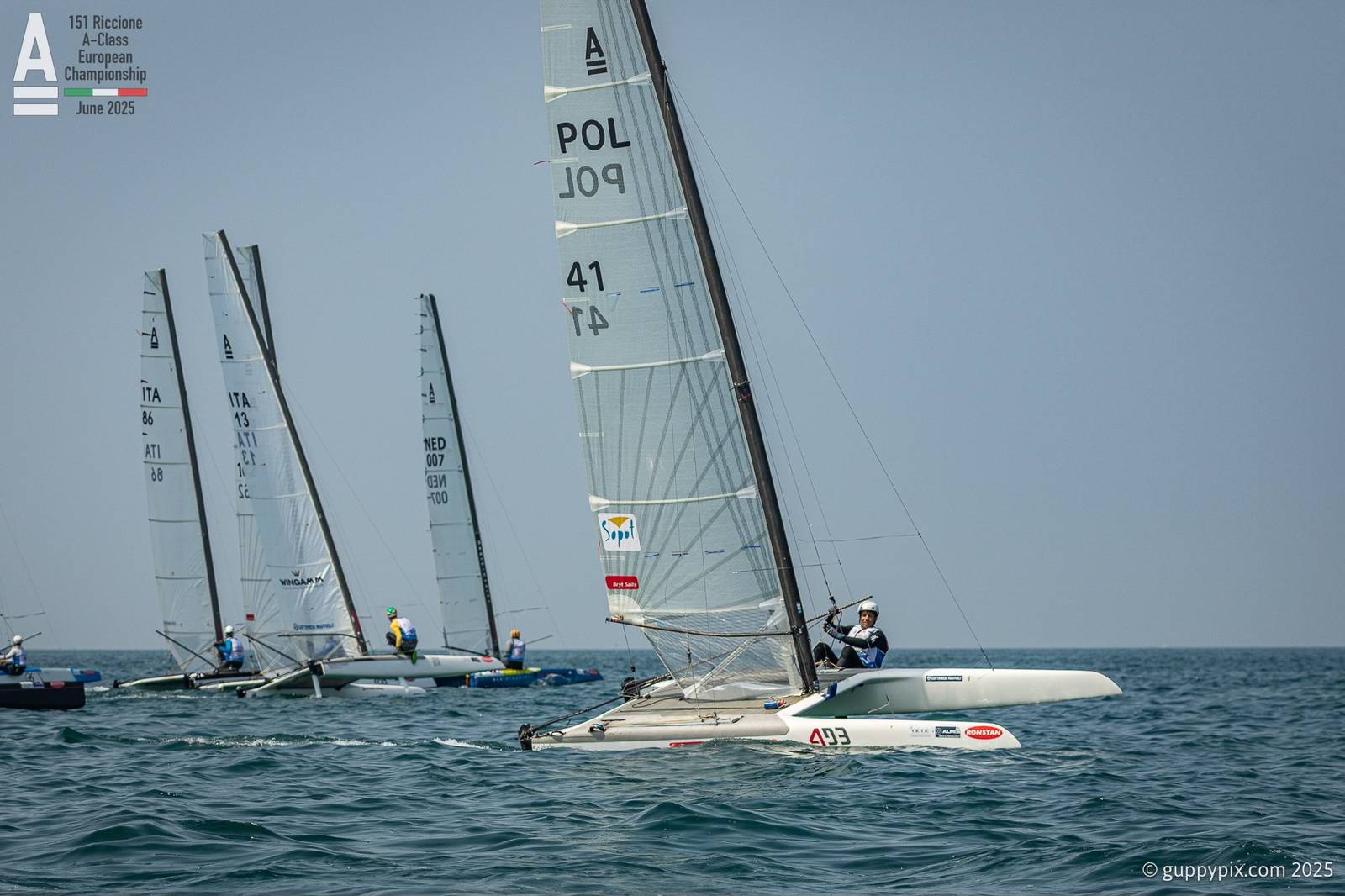
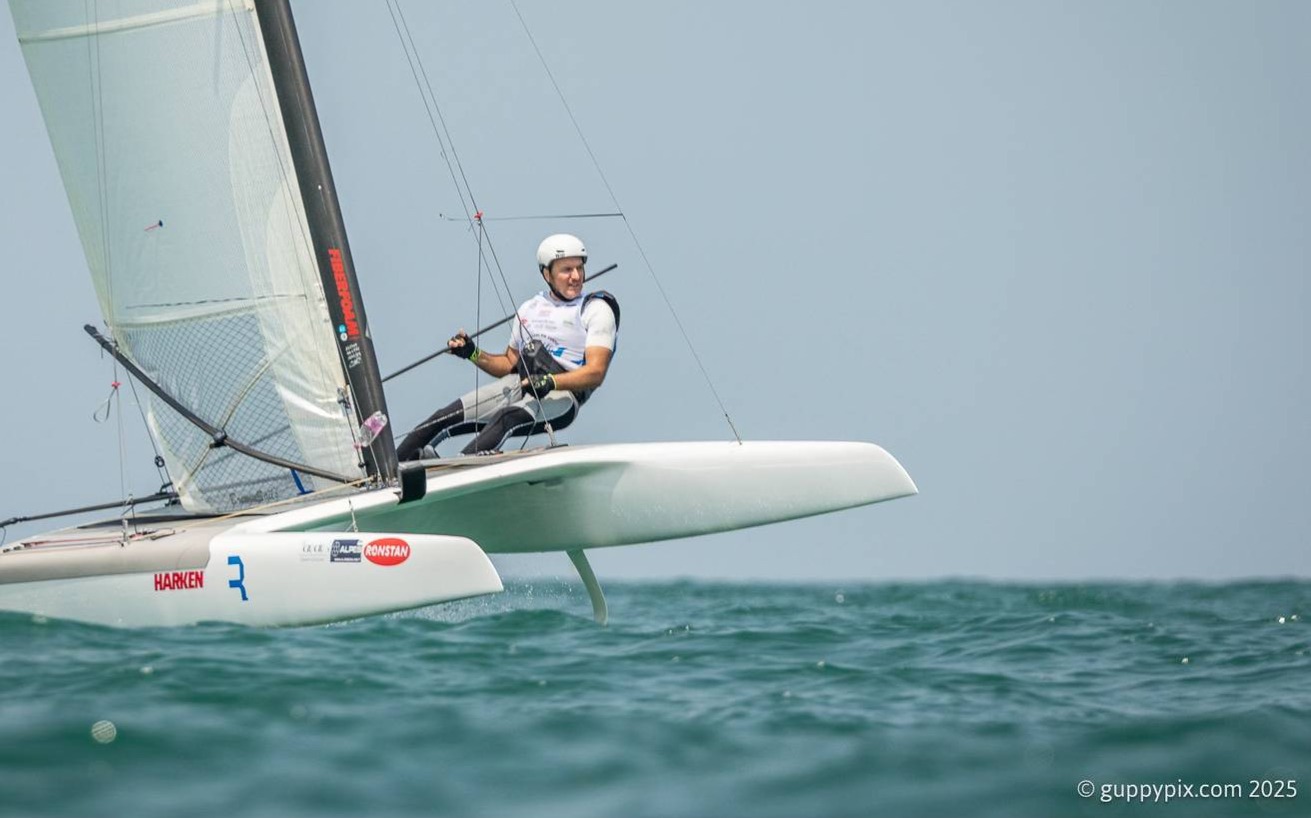
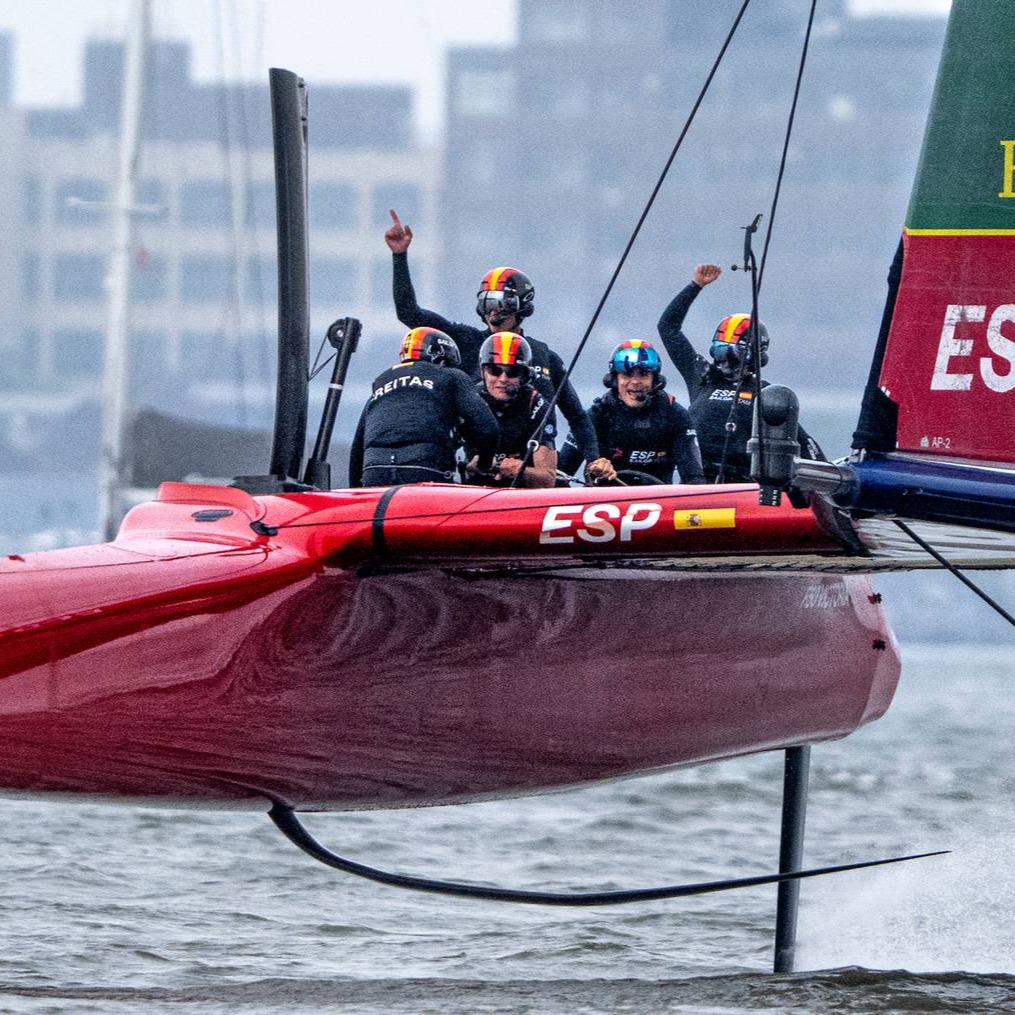
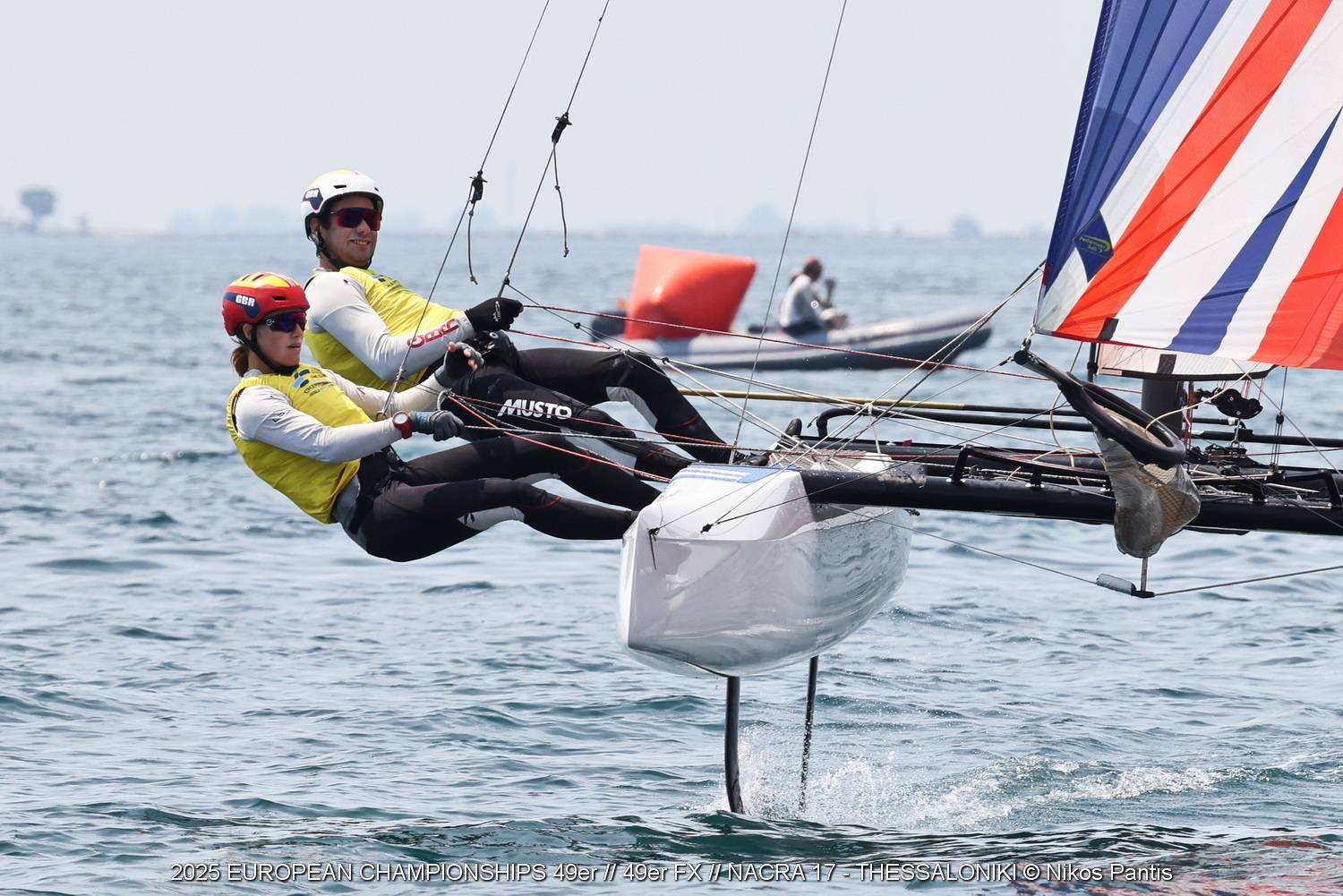
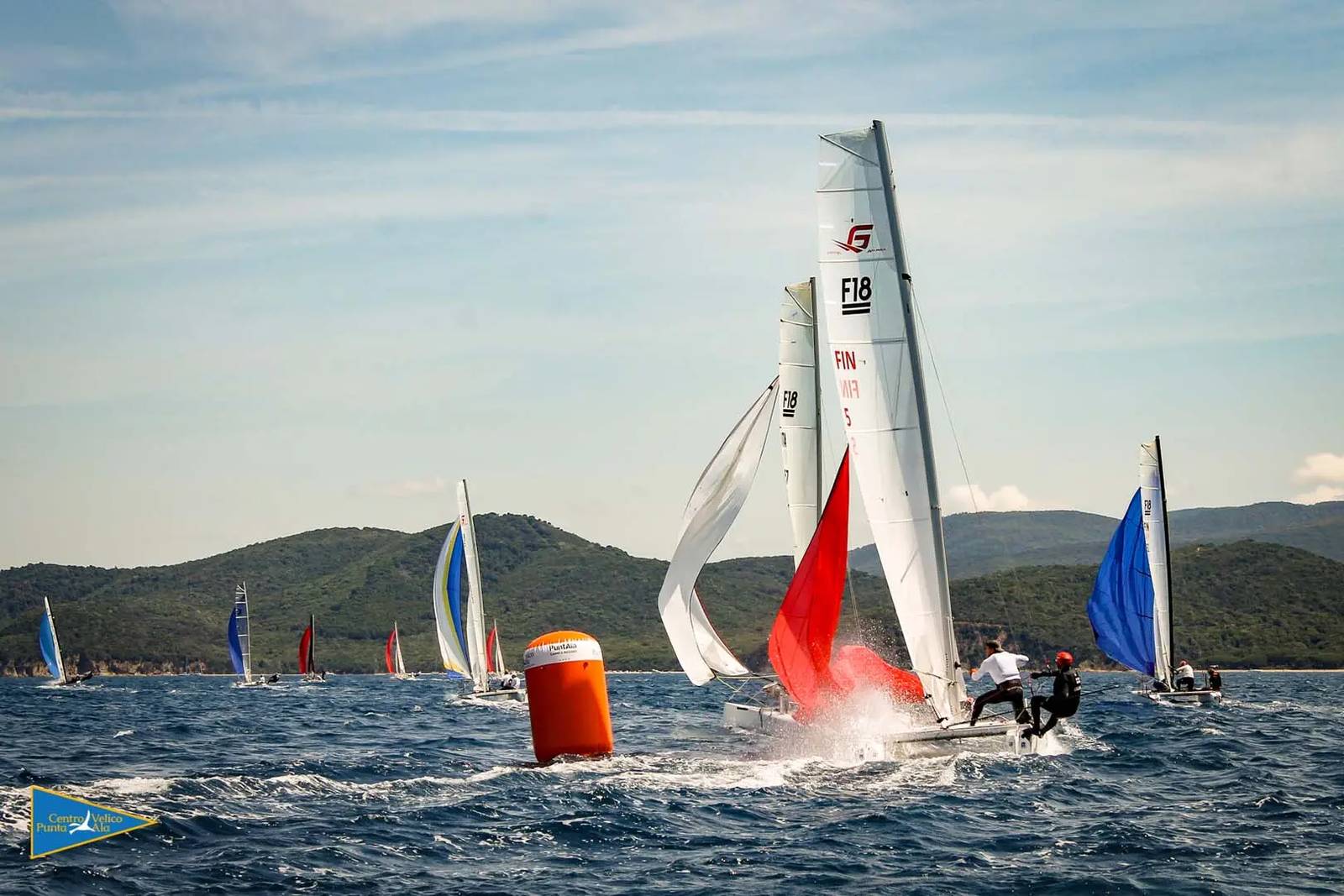
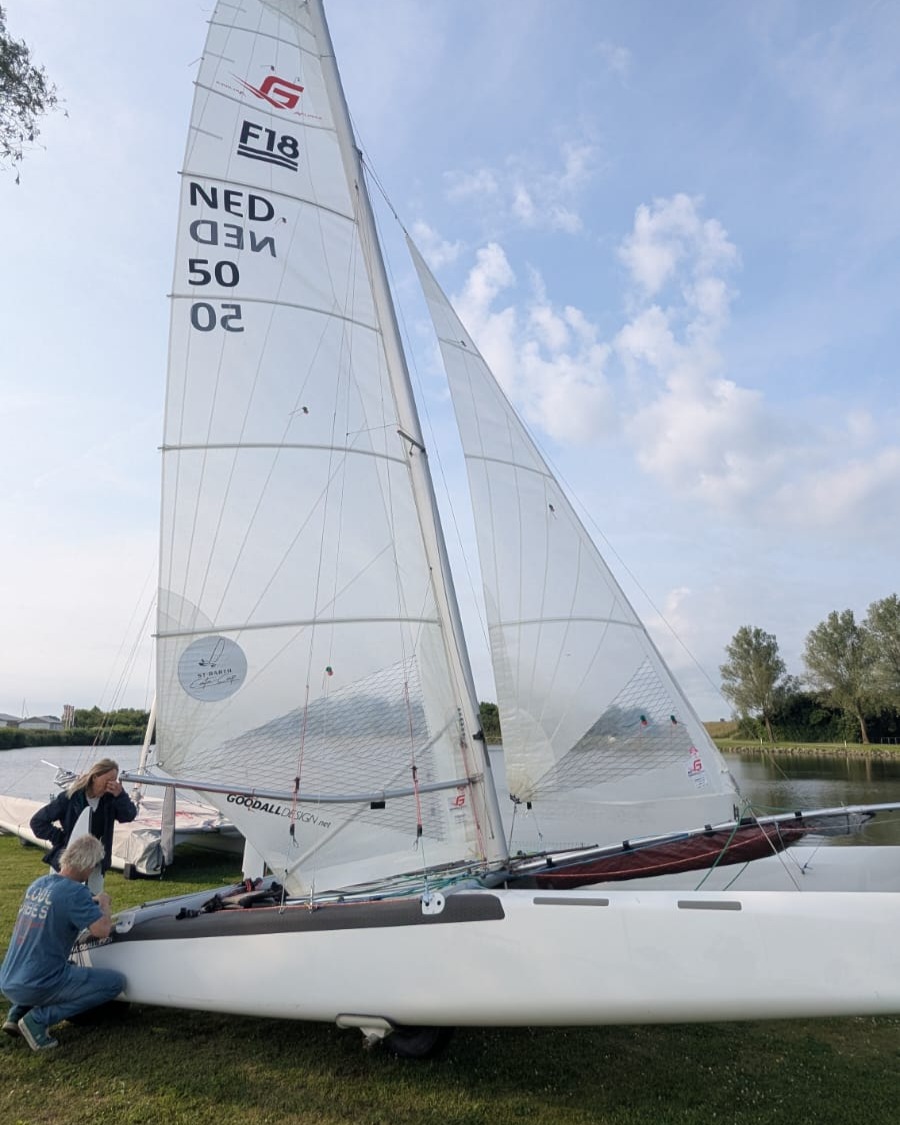
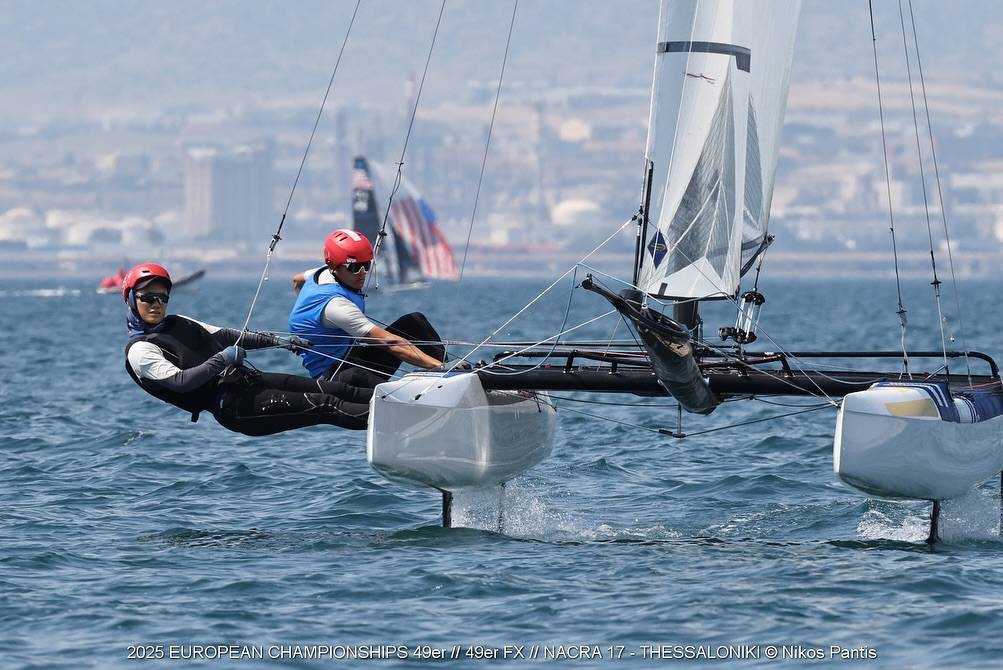



















Teo di Battista , 3° of Classic using Exploder Ad3 2016 version instead Scheurer .
I just heard that my great sailing friend and former CEO of Hobiecat Europe has passed. May The endless oceans…
...Report was sent by an F18 Sailor, if you want Hobies reported send your own, we'll publish as usual. Cheers.
Looks like in your report the Hobies are not really present. Suggest to rewrite the article.
Thanks for the great report Wik. Great battle.